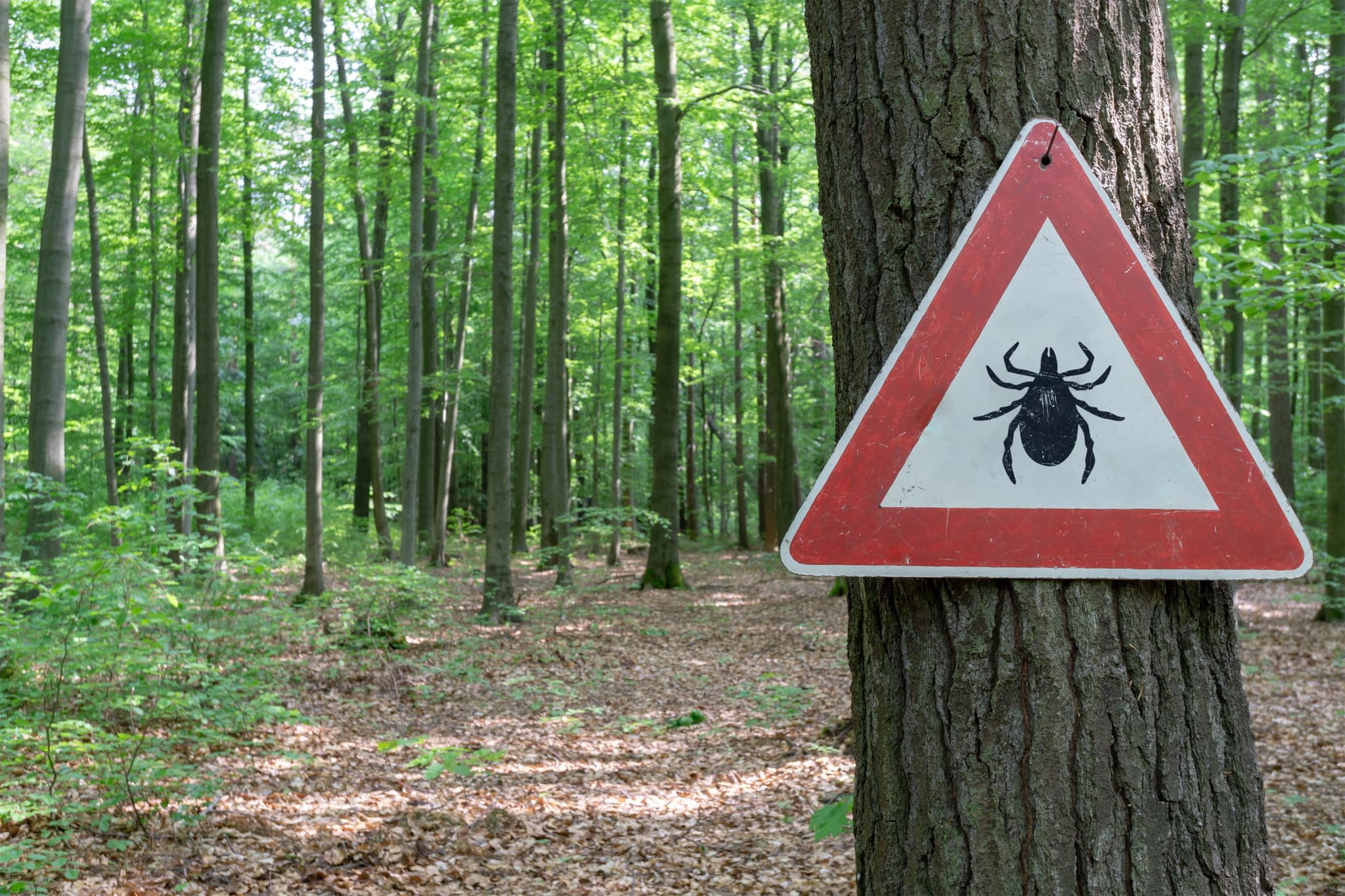
2025-11-21T14:10:25
How to Prevent Gestational Diabetes
- Family Medicine
- Internal Medicine
- OB/GYN
August 20, 2025 | Family Medicine • Infectious Diseases
Specialties:Family Medicine

Ticks are small arachnids and are relatives of spiders, scorpions, and mites. Experts estimate there are roughly 900 species of ticks in the world, with most of them found in wooded areas of North America. The primary tick attaching to humans and pets in Utah is the Rocky Mountain Wood Tick. Ticks survive off the blood of animals and humans, but they do not simply bite and flee like a Mosquito. Instead, they attach to the skin and feed for multiple hours, and potentially days. Ticks start small and flat, comparable to the size of a poppy seed. After feeding, however, they can grow much larger and rounder.
Because ticks bury their heads under your skin as they suck your blood, they can be difficult to remove fully. Don’t make the mistake of simply pulling the tick out of your skin, because you may accidentally seperate the body of the tick from its head – this can ultimately lead to infection or put you at a higher risk of tick-borne illness. To safely remove a tick from your skin, experts suggest the following procedure:
1. Gently rub the area around the tick with a rag soaked in hot water or rubbing alcohol.
2. Use tweezers to gently but firmly grab hold of the tick as close to its head as possible. (Do not crush the tick’s body, as that can push bacteria into your blood.)
3. Clean your bite with warm water and soap to avoid disease or infection.
If you find yourself experiencing symptoms of tick-borne illness even after safely removing the tick, contact your medical provider. You can also use this Tick Bite Bot tool from the CDC to help guide you in safely removing a tick.
The most common tick-transmitted disease in Utah is Colorado Tick Fever (virus). Transmission of disease usually occurs 12-24 hours after feeding has begun. The most common tick-borne illnesses include, but are not limited to:
Symptoms of each tick-borne illness vary, but most include fever, chills, muscle pain, itchiness, swollen lymph nodes, skin rash, and even allergic reactions to red meat.
Of the illnesses listed above, one of the most common is Lyme Disease. Lyme Disease is an infection that causes severe joint pain comparable to Rheumatoid Arthritis. The pain can last anywhere from a few weeks to a few months. Lyme Disease is considered common, and it is easily treated with antibiotics.
The only human-attaching tick that is capable of transmitting Lyme disease in Utah is the Western Blacklegged Tick, but the likelihood of encountering this tick and contracting Lyme disease in Utah is very low.
Dress Appropriately
Use Tick Repellents
Check Trail Conditions
Stay on Clear Paths
Avoid brushing against vegetation or sitting directly on the ground or logs.
Keep Gear Off the Ground
Use rocks or logs to elevate backpacks if you need to set them down.
Protect Pets
If hiking with dogs, use vet-approved tick prevention treatments and keep them out of tall grasses.
Check your entire body and clothing. Pay close attention to:
Use a mirror or ask someone to help inspect hard-to-see areas.
Shower Soon
Showering within two hours helps wash away ticks and makes it easier to find them.
Launder Clothing
Put clothes in a dryer on high heat for 10–15 minutes to kill any ticks.
Wash clothes in hot water if they’re dirty.
If you’ve recently been outdoors and are experiencing symptoms of a tick-borne illness, contact a Family Medicine or Urgent Care provider in your area.

WRITTEN BY:
Mason Rose
Mason Rose is a Marketing Intern at Revere Health and currently studies at Ensign College, where he’s on track to graduate in April 2026 with a B.S. in Digital Marketing. With hands-on experience in SEO copywriting and email marketing, Mason brings a creative and strategic mindset to patient-centered communication. Outside of work, he enjoys hiking, playing pickleball, watching sports, and cooking for his wife. These hobbies reflect his drive to succeed both personally and professionally.

2025-11-21T14:10:25

2025-11-03T11:32:24

2025-10-21T11:51:52

2025-08-12T11:38:49
This information is not intended to replace the advice of a medical professional. You should always consult your doctor before making decisions about your health.